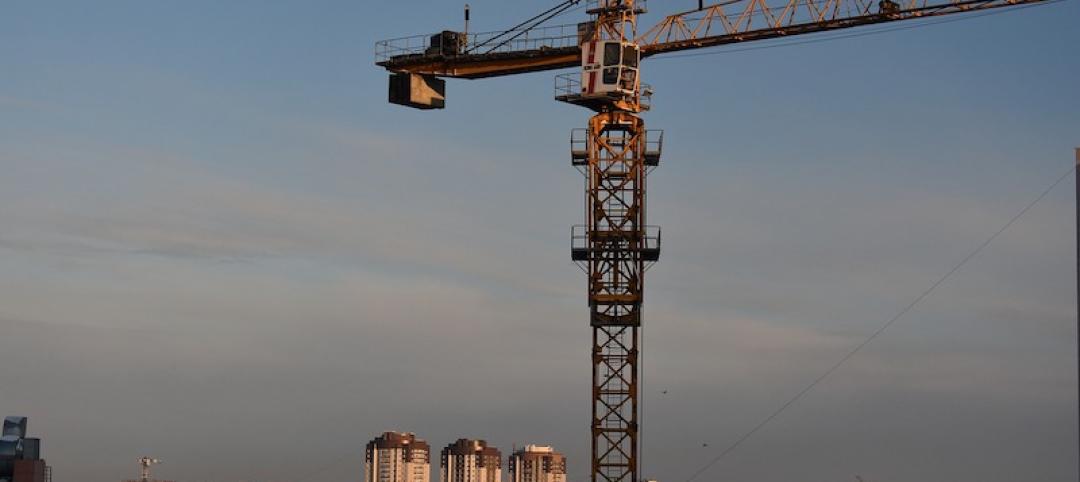Schools that provide optimal indoor environments see improved student performance and, if designed well, can also boost energy efficiency and reduce the carbon footprint.
According to a report by the World Green Building Council, providing ample daylighting and energy efficient LED lighting can reduce emissions while improving achievement. For example, the report found that students in the U.S. showed a 36% increase in oral reading fluency when exposed to high-intensity light, while those in standard lighting conditions increased by only 16%.
One in five U.S. schools has poor indoor environmental quality. This includes high temperatures and humidity, air quality with high concentrations of various pollutants, exposure to loud noise sources, and inadequate lighting. These factors negatively affect children’s health, behavior, and academic performance.
In a related study of the Barrington School District near Chicago, Ill., conducted by DLR Group, CO2 levels reached up to 2,500 parts per million in some cases, which is well beyond recommended levels (around 800 ppm) for internal environments. “Buildings in general, and schools in particular, need to be designed and built for the well-being of each of us, while addressing the challenges of resource efficiency and climate change,” concluded Pascal Eveillard, Deputy Vice President for Sustainable Development and Director for Sustainable Habitat at Saint-Gobain.
Related Stories
Building Technology | Jan 7, 2020
Tariff whiplash for bifacial solar modules
Bifacial solar systems offer many advantages over traditional systems.
Codes and Standards | Jan 7, 2020
New certification program for rigid core luxury vinyl tile
ASSURE CERTIFIED to establish industry-wide quality standards.
Codes and Standards | Jan 7, 2020
Boston’s beefed up wetlands ordinance will limit development
Conservation commission must consider future climate impacts when assessing new projects.
Codes and Standards | Jan 6, 2020
States pick up the slack in efficiency policy as federal government lags
With climate change deniers setting policy in Trump Administration, progress continues in statehouses.
Codes and Standards | Jan 6, 2020
OSHA plans multiple revisions to rules impacting construction industry in 2020
Cranes and derricks, welding in confined spaces, beryllium exposure, and more on docket.
Codes and Standards | Jan 3, 2020
Labor supply and capability of workers worry contractors
Three out of four firms plan to add workers in 2020.
Codes and Standards | Jan 3, 2020
Car-free streets could become common in major cities
New York and San Francisco establish thoroughfares dedicated to transit, pedestrians.
Codes and Standards | Jan 2, 2020
CRE professionals have increased interest in embodied carbon accounting, smart buildings
Survey also shows that interest in resiliency lags behind.
Codes and Standards | Jan 2, 2020
White paper focuses on Metal Composite Material labeling
Document part of effort to uphold industry standards for the product.
Codes and Standards | Dec 18, 2019
Hard Rock Hotel collapse in New Orleans puts spotlight on undocumented workers
Having helped rebuild the city after Hurricane Katrina, many under threat of deportation.

















